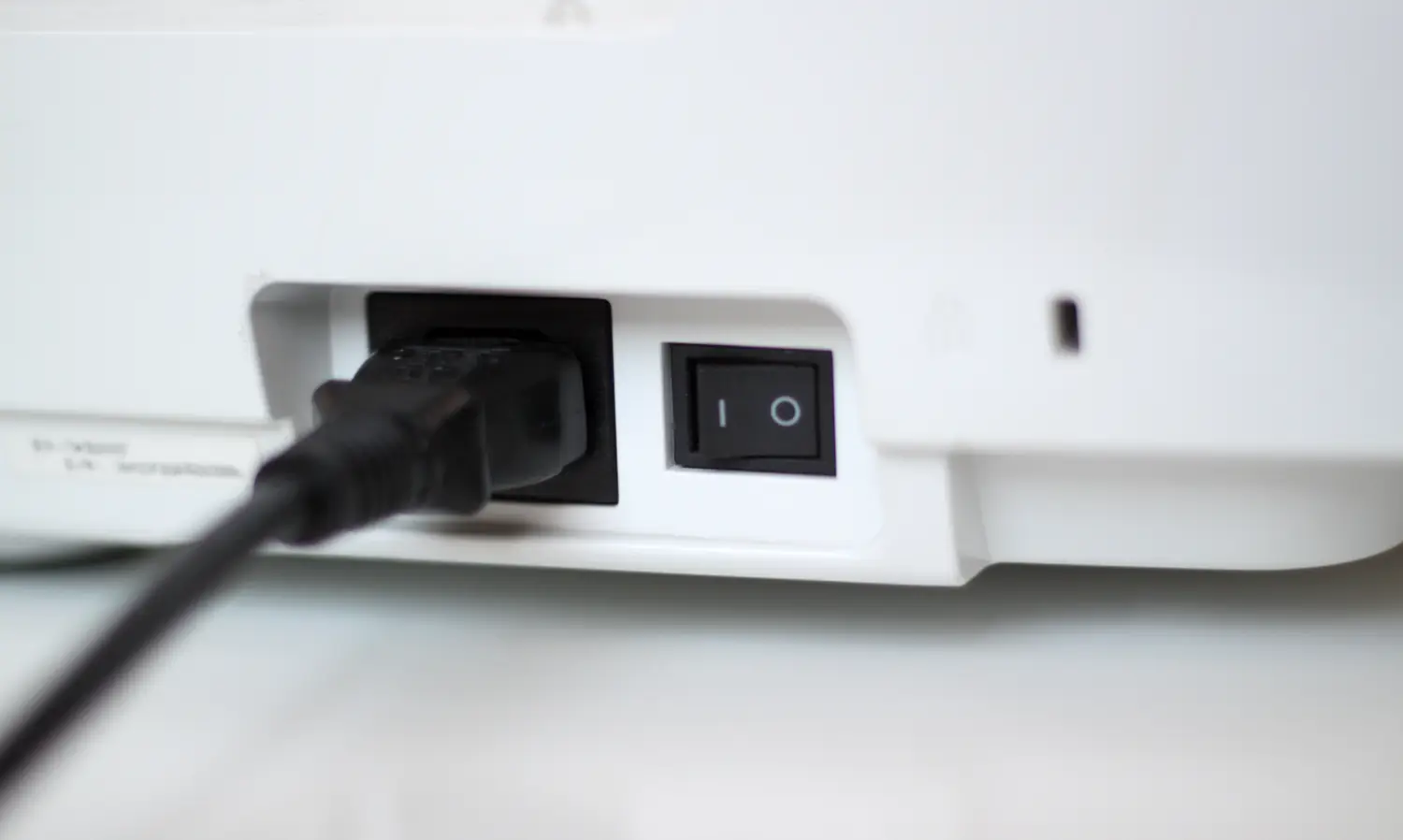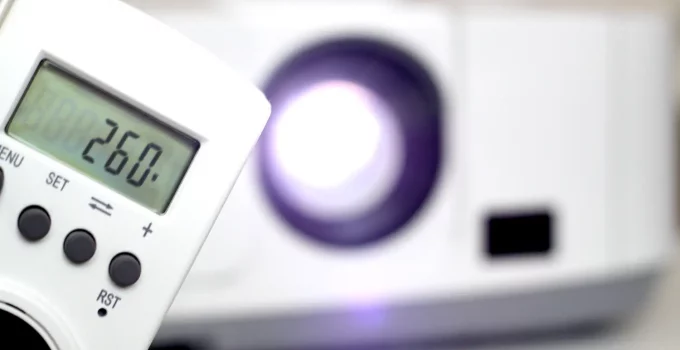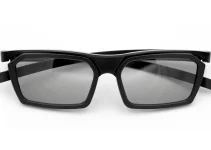There is no singular answer to the question how many watts does a projector use. It would be the same as saying that projectors have only one resolution, when we generally have 480p, SVGA, XGA, 720p, WXGA, Full HD, 1080i, WUXGA, and 4K projectors.
Saying that all models only use a certain number of watts would be like saying that all projectors are the same size. Or that all devices only use one light source. Or there’s only one chip technology for all models.
What I’m trying to say is that projectors can use a wide number of watts, starting from 50-60W (HD models) and going as high as 200–300W (average for Full HD models). 4K projectors will consume 300W-400W but can go above those numbers, too.
Do I think that the average projector uses a lot of electricity? Not really, especially if you’re watching one or two movies a few nights a week, even on a 4K model.
Table of Contents
How many watts does a projector use? Popular examples

An average projector uses 200-300 watts. That mostly applies to Full HD models. A 720p can consume as little as 50-60W, while a 4K can eat 300W or more.
Generally, we can state that the higher the lumens output of a projector, the higher the power usage. That’s because when it comes to lamp-based projectors, the lamp consumes the most power.
Standby power consumption for projectors is 0.5 watts. That’s the only stable number.
Thus, the power consumed can be influenced by the number of lumens the brightness is rated at.
However, the number of lumens can also be misleading and not paint the whole picture of how many watts a projector uses. It happens when we go above 2,000 lumens brightness.
But if the number of lumens is 300 or 500, then you should know for sure that the used watts are a tiny number.
Projectors power consumption varies a lot
To clearly illustrate how the power consumption varies from model to model, let’s take 5 examples.
Let’s take for instance the Epson 2250. At a brightness of 2,700 lumens, it has a power consumption of 310 watts. It’s also a LCD 1080p device.
On the other hand, the Optoma HD146X has a brightness of 3,600 lumens and the lamp consumes 240 watts, while the overall power consumption is between 205W and 295W. This model fits within the average. It’s also a DLP 1080p model.
If we take the example of the Epson 3200, we discover that it consumes 386 watts at a brightness of 2,900 lumens. But this is a 4K LCD model.
A 4K laser projector like the Samsung LSP4T needs a maximum power consumption of 320W and it provides 2,200 lumens. It’s a lower power consumption than the 4K LCD from Epson but it also has a lower brightness.
However, can we say for sure that it’s a correlation between laser projectors needing less power? We’ll try to answer this question later on.
What about a 720p projector? Will it be completely different in its power needs than a Full HD or a 4K model, no matter if it’s a LCD or DLP type?
If we take the Anker Nebula Mars 2 with its 720p resolution and 500 lumens, then we discover that it needs 57W. That’s very little but also the number of lumens is very, very low.
As you can see from these 5 examples of some of the most popular projectors at the moment, you can’t exactly rely on the number of lumens, either.
Well, unless the number is very low, then you know for sure that the watts used are very low, as well.
Power consumption of different projector types
We can divide projectors into 3 main categories based on their source of light:
- lamp-based
- LED
- laser
There are also 3 chip technologies that each of these 3 types of projectors can use to display the image on the screen/wall: LCD, DLP, and LCoS.
In my 5 examples from above, I covered 2 of the most popular projector types at the moment: lamp-based and laser. Through them, I also covered 3 of the most popular resolutions: HD, Full HD, and 4K.
The other category that I didn’t cover is LED projectors but we’ll talk about it later.
1. How many watts do lamp-based projectors use
There are 3 lamp-based models based on the chips they use: LCD, DLP, and LCoS.
I only gave examples of LCD and DLP models because these 2 are the most popular. LCoS (Liquid Crystal Technology on Silicon) is a hybrid between LCD and DLP.
Lamp projectors use HID (high intensity discharge) lamp. These are the oldest projectors, developed in the 80s. Even today, they still maintain top rank in popularity due to their lower prices.
Plus, if the image produced is of high quality and the price is acceptable, that’s all that matters in the end.
Of course, you’ll have to change the lamp as it decreases in brightness after some years of use.
Power consumption: LCD vs DLP
Which of these lamp-based technologies consumes less?
DLP stands for Digital Light Processing – they use a chip composed of microscopic mirrors and a spinning color wheel.
LCD stands for Liquid Crystal Displays – it shines a high-intensity focused beam of light through the LCD panel, there are no moving parts. Different sets of lens and mirrors are used for the correct focus and sharpness.
It’s actually DLP projectors that in general use less watts. LCDs are more power-hungry. Let’s see why that is.
Is there a huge difference in terms of power consumption? Not really, it’s not a truly considerable difference.
DLP consumes less power because the optical engine is simpler and doesn’t require the same light intensity like LCD projectors.
DLP models do consume less power on average but they’re also not as impressive as LCD. In general, LCD outperforms DLP.
2. How many watts does a laser projector use?
Laser projectors are fairly new on the market compared to the old lamp-based models but are slowly catching up in popularity.
Since they’re newer and considered to be better and overall more efficient than lamp-based models, they’re also considerably more expensive. In terms of affordability, they’re definitely not catching up for the average buyer.
I gave you the example of the Samsung LSP4T, which needs a maximum power consumption of 320W. That’s really not that much for a 4K resolution with a brightness of 2,200 lumens.
Comparatively, a 4K LCD from Epson needs almost 400W. It also has more lumens but still there’s a small difference between these 2 technologies.
Now, let’s evaluate a really outrageous model. You could buy a house in some parts of the world for the price of this device.
Sony VPL-GTZ380, a 4K laser, has a power consumption of 2,000W at 10,000 lumens. Well, that’s not unexpected. But this particular model is certainly the top of the top and there won’t be many regular users being interested in such specs and such high prices. It’s so far out of the norm that it resides in a different universe.
Do laser projectors have a lower power consumption?
If we compare them with lamp-based projectors, we can’t say that there’s that much difference in power consumption between the two types.
There might be a few more watts used by a 4K LCD but it might also have a higher brightness to justify the higher consumption.
What is a laser projector?
Instead of a lamp being the light source, a long-lasting semiconductor laser is used as a light source.
According to sony.com, this type is more energy efficient than lamps. The laser’s output is tuned precisely to produce the needed red, green, and blue wavelengths. They don’t waste power on frequencies that aren’t needed, which definitely sounds like the definition of efficiency.
The average lifespan for laser projectors is at around 20,000 hours. It doesn’t die at 20k hours, it just diminishes in brightness.
Those 20,000 hours of use at full brightness are the equivalent of more than 12 years of pretty intense use. It can amount to 20 years of use if the device is only used from time to time.
That’s a lot. You don’t have to worry about changing the laser in a laser projector, there’s less maintenance needed.
Another fantastic feature is that consistent brightness is maintained throughout these many years.
With lamp-based projectors we can observe a decrease in brightness a lot sooner, which will lead to eventually replacing the lamp.
3. How many watts does a LED projector use?
Let’s take as a clear example the LG PF50KA Full HD CineBeam LED projector, which has a really decent price for an 1080p projector. It’s also ultra-portable with a built-in battery.
It has 600 lumens brightness and the power consumption is 65W.
Since it has a lower number of lumens, it’s expected to need less power. However, LED projectors are not focused on featuring a high number of lumens, 600-800 lumens is pretty much the norm. The highest value is at about 2,000.
The average power consumption for a LED projector would be well under 100W.
What are LED projectors?
Just as the name says, LED models use light-emitting diodes. We’re used to illuminating our houses with LEDs but they’re also a type of projector. They are lampless.
Technically, with LED projectors there’s no bulb to change. There is nothing to wear out, although the LED bulb will burn out eventually.
Their lifespan can even add to about a decade of expected use, which is incredibly long. The lifespan is estimated at about or over 20,000 hours.
Light-emitting diodes are created in the lab. They are built in sterile rooms, similar to those where memory and processors are manufactured.
Instead of the light being created from a hot filament, the light is created by corralling and manipulating electrons below the surface and forcing them to emit light at a specified frequency.
Without checking out any specs for some specific LED projectors, I definitely expect these models to require the least amount of power since they’re famous for saving energy.
They should use considerably less watts than laser and especially less than lamp-based models.
After all, we replaced the bulbs in our house because LED bulbs are famous for how little energy they consume when compared to incandescent bulbs.
LED projectors are smaller and generate less heat
The cooler operating temperatures increase their efficiency, therefore they also require less power consumption.
However, it’s pretty hard to find a lot of LED projectors, especially some with high specs. Their number is quite limited, even when they’re compared to laser models, which are definitely gaining more and more market traction.
The only thing I can say for certain is that, since each model will come with its own corresponding power consumption, the easiest way to tell how many watts does a projector use is to check out the specifications for the model you’re interested in.




